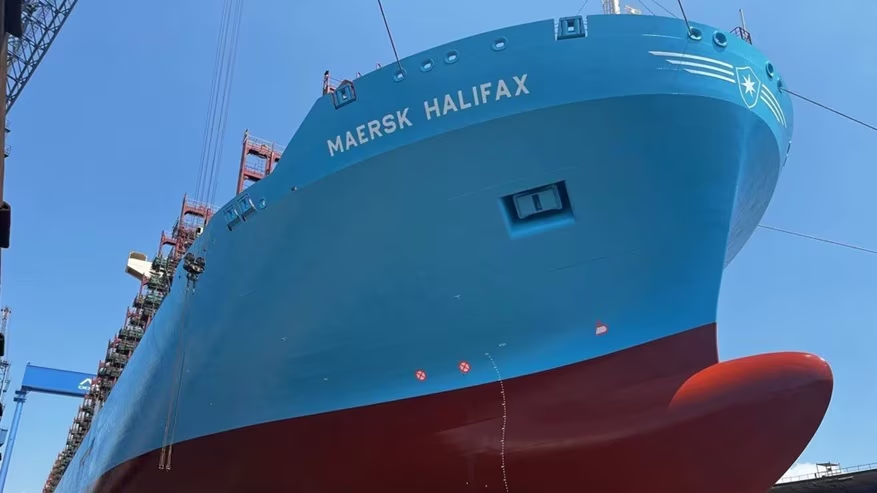Index-linked agreements: 'shippers have to have the stomach for them'
Shippers pondering the pros and cons of index-linked agreements (ILAs) “have to have the stomach ...

Maersk Halifax, the Maersk vessel rebuilt from the catastrophically fire-damaged Maersk Honam, has been extended to 15,690 teu and converted to a dual-fuel methanol-ready vessel at a Chinese shipyard.
In a departure from shipping’s general scrap-and-renew strategy, the ship has been fitted ...
Four crew members still missing as Wan Hai 503 continues to burn
Explosions and 'out-of-control' fire reported on Wan Hai box ship
Predatory rivals circle as the ripples from DSV's Schenker buy widen
MSC Elsa crew face criminal probe, as Wan Hai 503 firefighters battle on
'It's driving us mad', say forwarders as US court fails to end tariff turmoil
Transpacific rates ease as capacity boost proves too much for trades to digest
European port congestion easing – for now
CMA CGM 'testing the water' of the Suez Canal for more services
Flexport: Sanne Manders talks profitability, fire-sales and Dave Clark
More legal trouble in India for MSC: feeder vessel detained after box ship disasters
DSV insiders hit back at Kuehne & DHL GF – got a 'pro integration' going
Latest Israeli attack on Iran a threat to box ships in Straits of Hormuz


Comment on this article